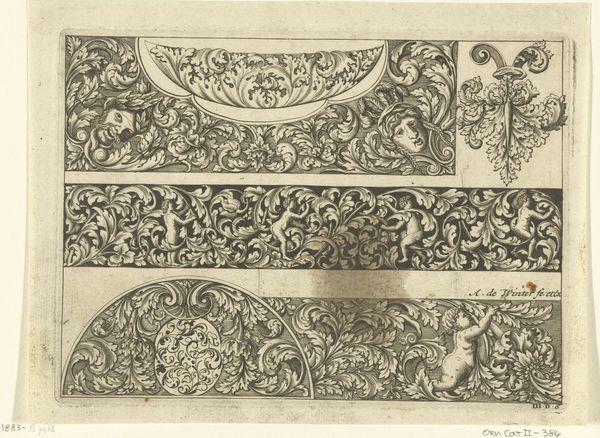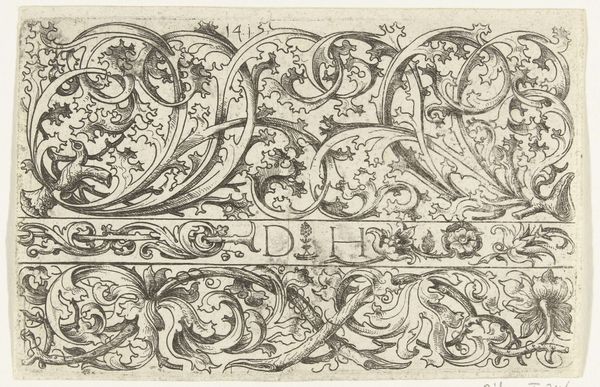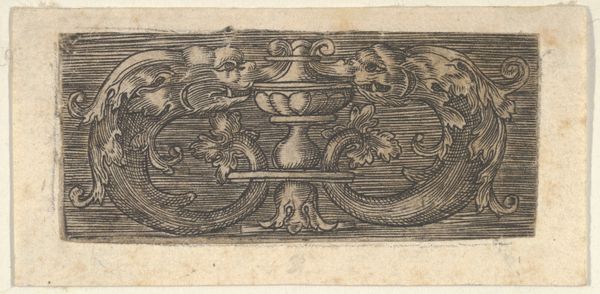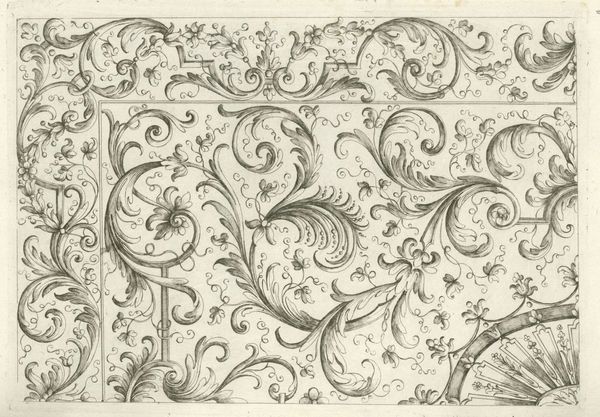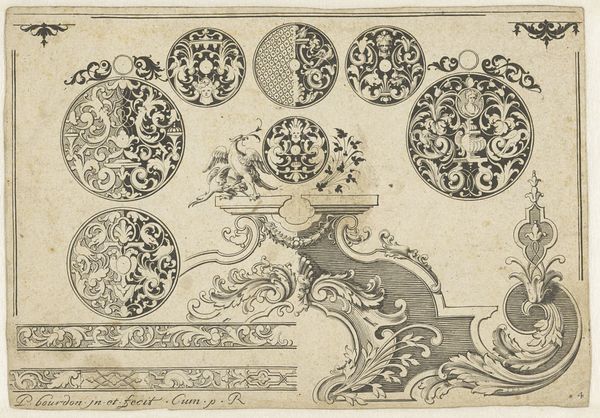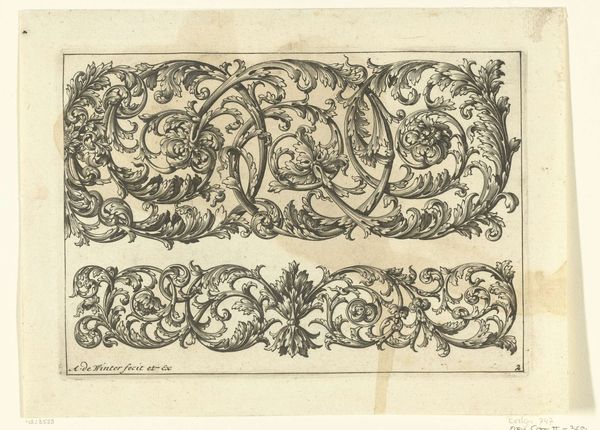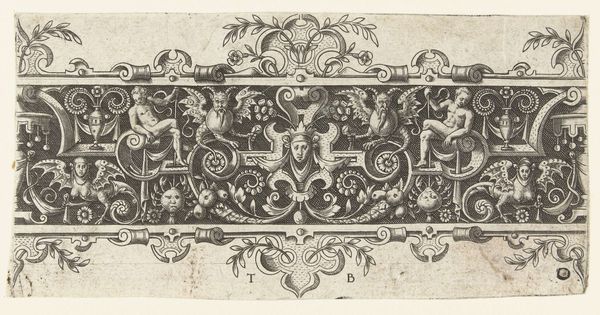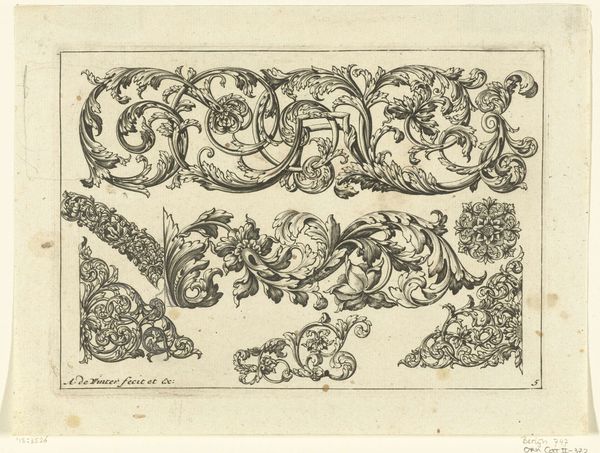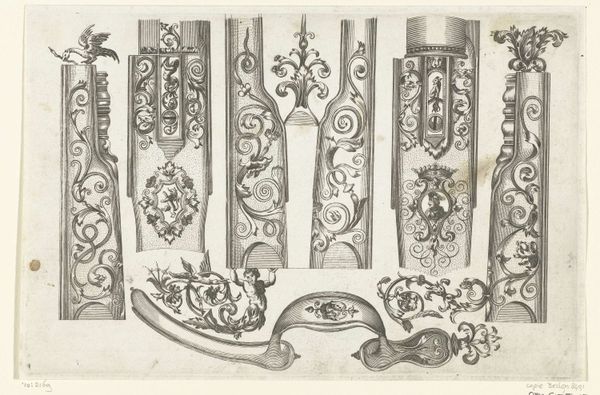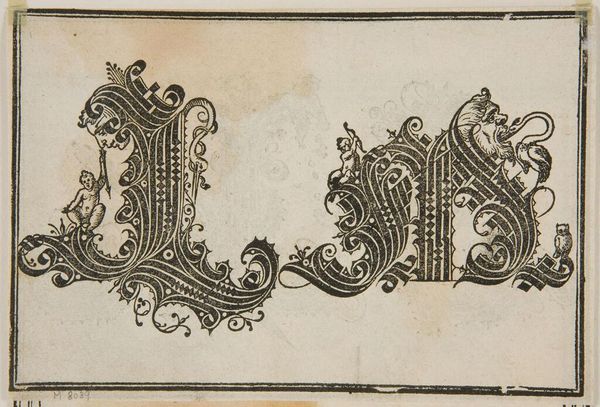
Gespen en ceintuurdecoraties met arabesken, slakken en insekten c. 1588 - 1589
0:00
0:00
drawing, print, ink, engraving
#
drawing
#
pen drawing
# print
#
old engraving style
#
form
#
11_renaissance
#
ink
#
line
#
northern-renaissance
#
decorative-art
#
engraving
Dimensions: height 112 mm, width 80 mm
Copyright: Rijks Museum: Open Domain
Editor: Here we have Theodor de Bry's "Buckles and Belt Decorations with Arabesques, Snails and Insects," from around 1588 or 1589. It's an engraving, and quite ornate! The level of detail in such a small space is really captivating. How might we understand the appeal of something like this to its original audience? Curator: That's a great question. Think about the context: the late 16th century, a time of growing merchant power and increasingly complex social codes. Ornamentation, particularly in personal accessories, broadcast status and taste. This wasn't simply decoration; it was a visual language of social aspiration. Editor: So, the design itself might be making a statement? Curator: Precisely! These weren't just functional buckles. De Bry's design incorporates elements like arabesques and natural motifs, all meticulously rendered. These details evoke classical learning, the appreciation of nature, and even burgeoning scientific interests—all status markers of an educated and sophisticated individual. What about the print form itself; how might that have impacted its function? Editor: Because it’s a print, that means these designs could be disseminated more widely, allowing for greater access and, perhaps, standardization of these fashionable motifs. Curator: Exactly! It brings up interesting questions of how art was consumed and how these designs were shaping, and were shaped by, cultural values. Consider who might have been commissioning and buying such works, and what role these accessories played in the theater of daily life. Editor: So, looking at it now, it is a piece of art, but at the time it was communicating more broadly to culture and society. This helps me think about how art can be interwoven with societal power structures. Curator: Indeed! These intricate designs, initially intended for a select group, now offer insights into the complex relationship between art, status, and social dynamics of the late Renaissance.
Comments
No comments
Be the first to comment and join the conversation on the ultimate creative platform.

